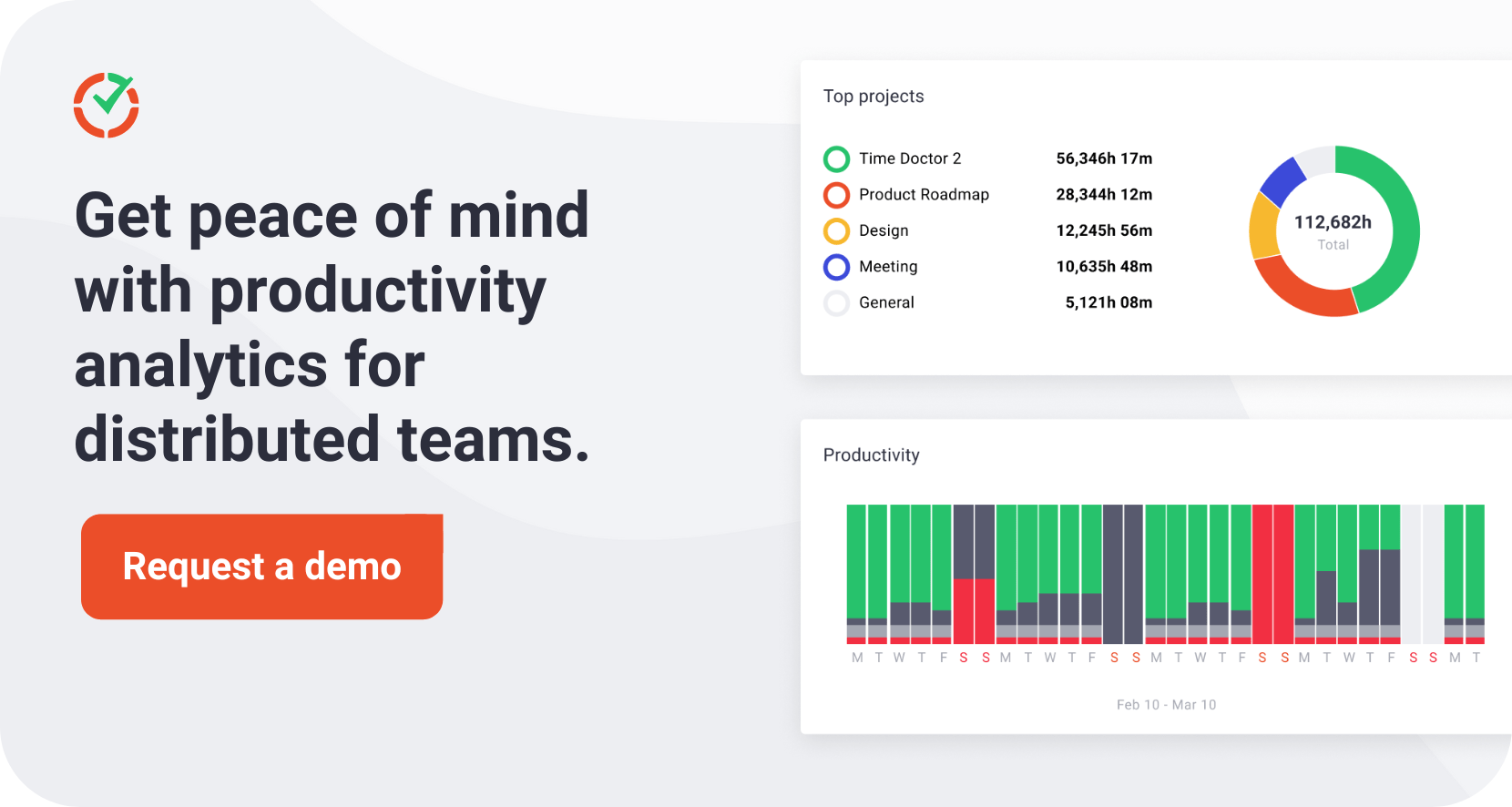In the fast-paced world of contemporary business, companies are constantly striving for perfection. To achieve this, the significance of data analytics in performance management has grown. This helps companies streamline their processes and increase their output. In this piece, we will explore the significant influence of data-driven strategies on performance management tools. We will also explain how these strategies facilitate organizational development while streamlining decision-making.
The foundation of organizational effectiveness is provided by performance management tools, which offer insights that help with well-informed decision-making.
Fundamental to them is the incorporation of data analytics, which allows interested parties to extract meaningful insights from the abundance of data available to them.
By providing complete solutions for analysis and reporting, these technologies go beyond simple data collecting and enable enterprises to fully utilize their data assets.
Data-driven performance management tools
In performance management, certain solutions have become industry leaders in using data to support organizational success. These solutions, which range from complex dashboards to user-friendly metrics monitoring systems, are prime examples of how data analytics and performance optimization work together.
Through the provision of real-time key performance indicator (KPI) monitoring and comprehensive trend analysis, they enable stakeholders to make agile and precise data-driven choices.
Furthermore, there are several advantages to incorporating analytics into performance management. Organizations may minimize operational risks, pinpoint areas for development, and allocate resources optimally by utilizing past data trends.
Additionally, because performance indicators are objectively measured and assessed, data-driven insights promote a culture of responsibility and openness.
Transforming data into action
Nevertheless, the ability of performance management systems to convert insights into workable plans is what really determines their effectiveness, not only the gathering and analysis of data.
Organizations may identify underlying patterns, correlations, and outliers through strategic data interpretation, which helps guide focused initiatives.
There are several examples of companies using data-driven insights to produce noticeable gains in performance in a variety of areas, such as operational effectiveness and sales optimization.
Check out our latest blog post to discover helpful tips for creating a successful performance appraisal process.
Challenges in data analytics for performance management
However, there are obstacles in the way of achieving data-driven performance management. Organizations typically encounter typical challenges such data privacy issues, accuracy issues, and sophisticated analysis that obstruct their ability to fully use their data assets.
Strict criteria for data processing and storage are imposed by data privacy rules, which calls for strong security measures to protect sensitive data.
It is essential to ensure that the data inputs are correct and consistent. This is because incorrect or incomplete data can distort analytical conclusions and put decision-making processes at risk.
To complicate matters further, data analysis can be quite complex, requiring enterprises to invest in sophisticated analytics tools and develop data literacy within their workforce.
Solutions and best practices
Organizations must take a proactive stance when it comes to quality assurance and data governance in order to meet these issues. Stakeholder confidence is increased by enforcing strict data privacy procedures and compliance measures, which also guarantee regulatory conformance.
Additionally, spending money on data validation and cleaning techniques lowers the possibility of errors, improving the accuracy of analytical findings.
In addition, companies have to give top priority to data literacy programs in order to provide staff members with the necessary abilities to efficiently traverse and understand intricate information.
Organizations may enable stakeholders at all levels to use data-driven insights for well-informed decision-making by cultivating a data-centric culture that emphasizes analytical prowess and critical thinking.
Future trends in data-driven performance management
In the future, performance management is set to experience an unprecedented level of innovation and development. As artificial intelligence (AI) and predictive analytics continue to revolutionize the business landscape, organizations may benefit from more advanced analytical skills.
Predictive analytics algorithms enable firms to anticipate market dynamics and future trends, giving them the ability to proactively adjust their strategy in response to changing circumstances.
In addition, routine tasks can be automated using AI-based solutions, while machine learning algorithms can improve decision-making processes.
The applications of AI in performance management are vast and varied, ranging from customized customer experiences in e-commerce to predictive maintenance in manufacturing.
By leveraging AI-generated insights, organizations can create new opportunities for development and innovation, and gain a sustainable competitive advantage.
Conclusion
The incorporation of data analytics into performance management instruments signifies a fundamental change in the way organizations make decisions. Organizations may achieve new levels of performance improvement and strategic insight by utilizing data-driven insights.
It is more important than ever for firms to embrace a more data-centric approach to performance management as we negotiate the challenges of the digital age.
Adopting the analytics edge is essential for success and survival in the increasingly data-driven world of modern business, not only as a means of gaining a competitive edge.

Carlo Borja is the Content Marketing Manager of Time Doctor, a workforce analytics software for distributed teams. He is a remote work advocate, a father and a coffee junkie.



